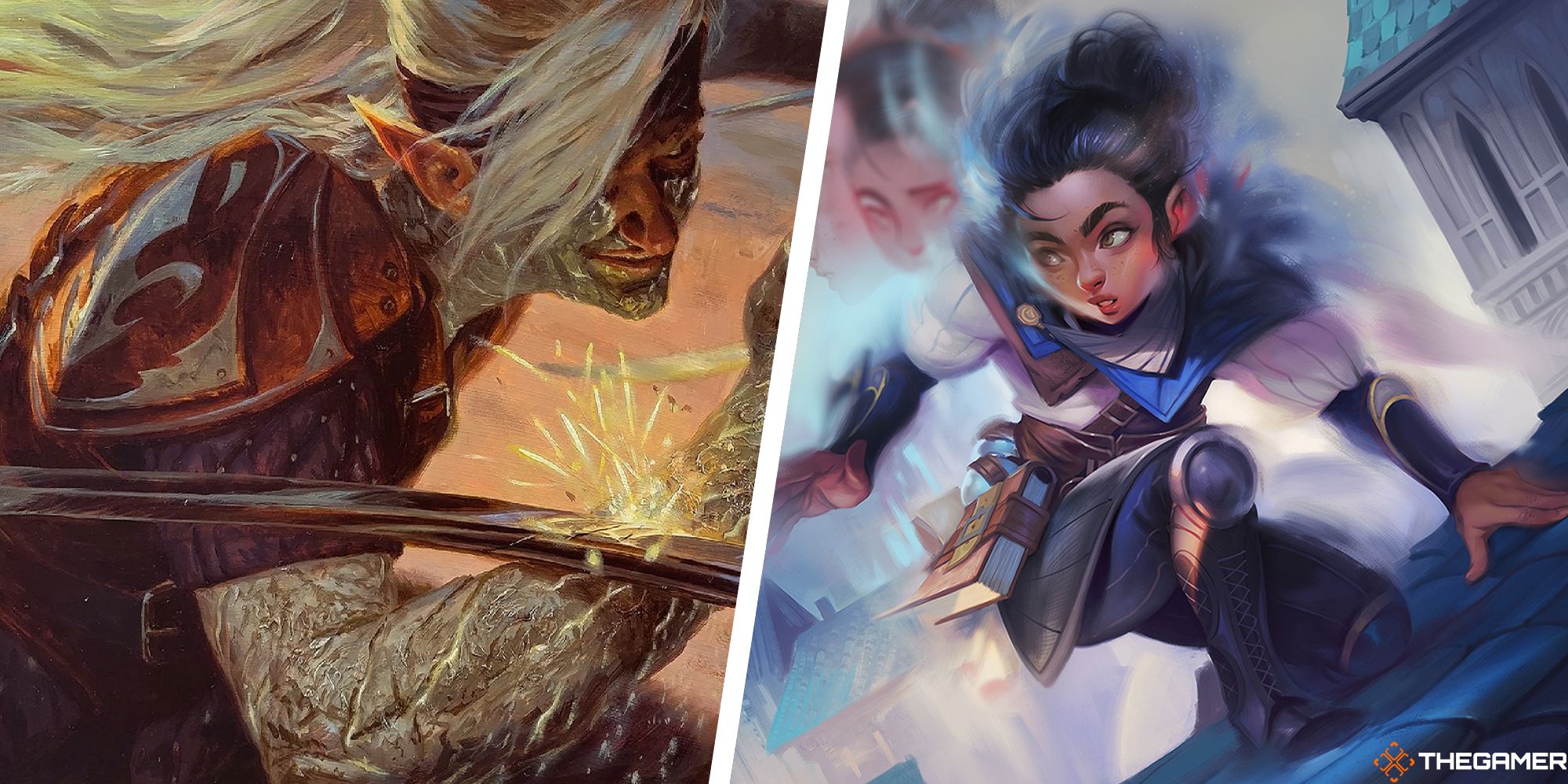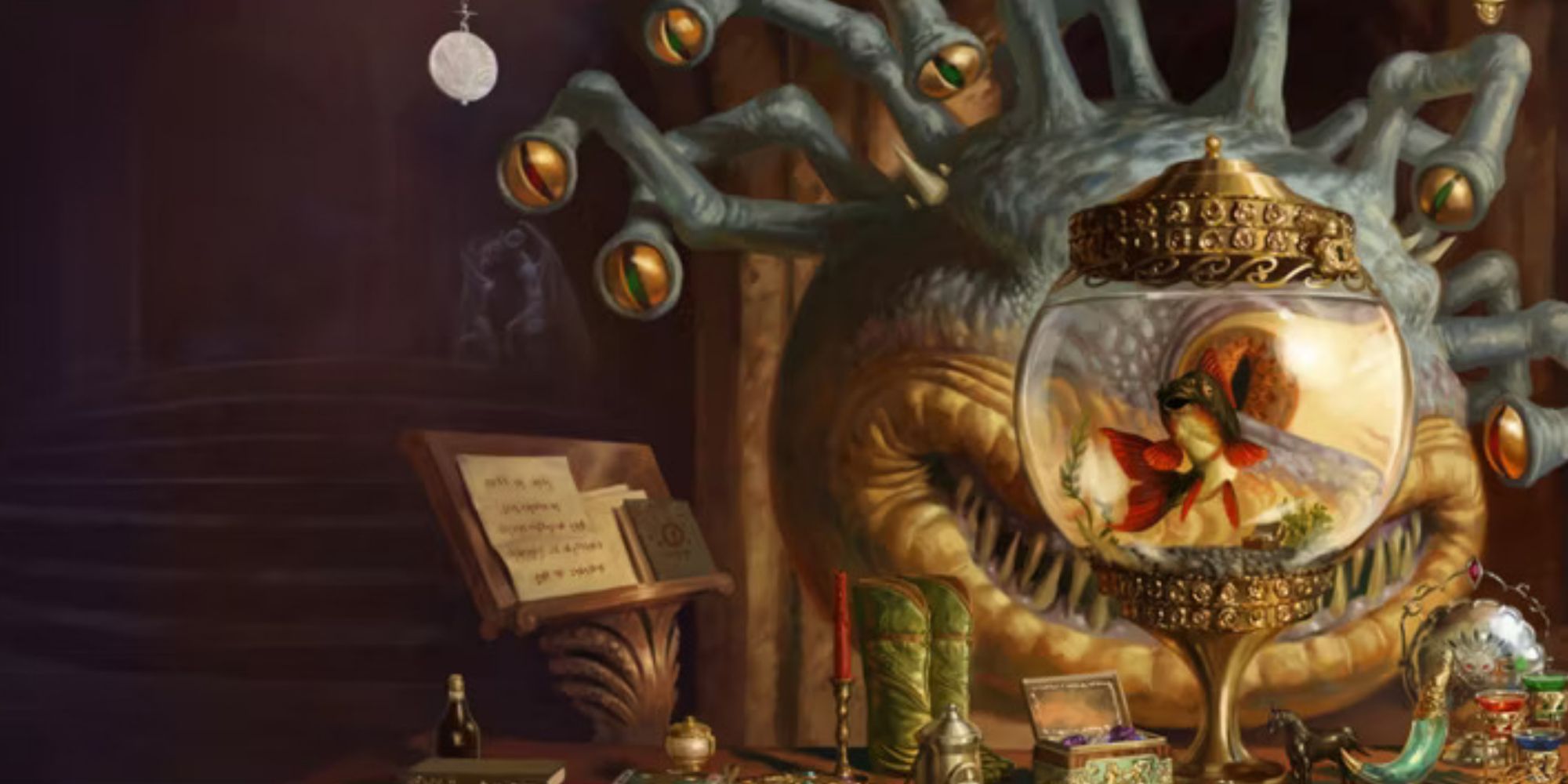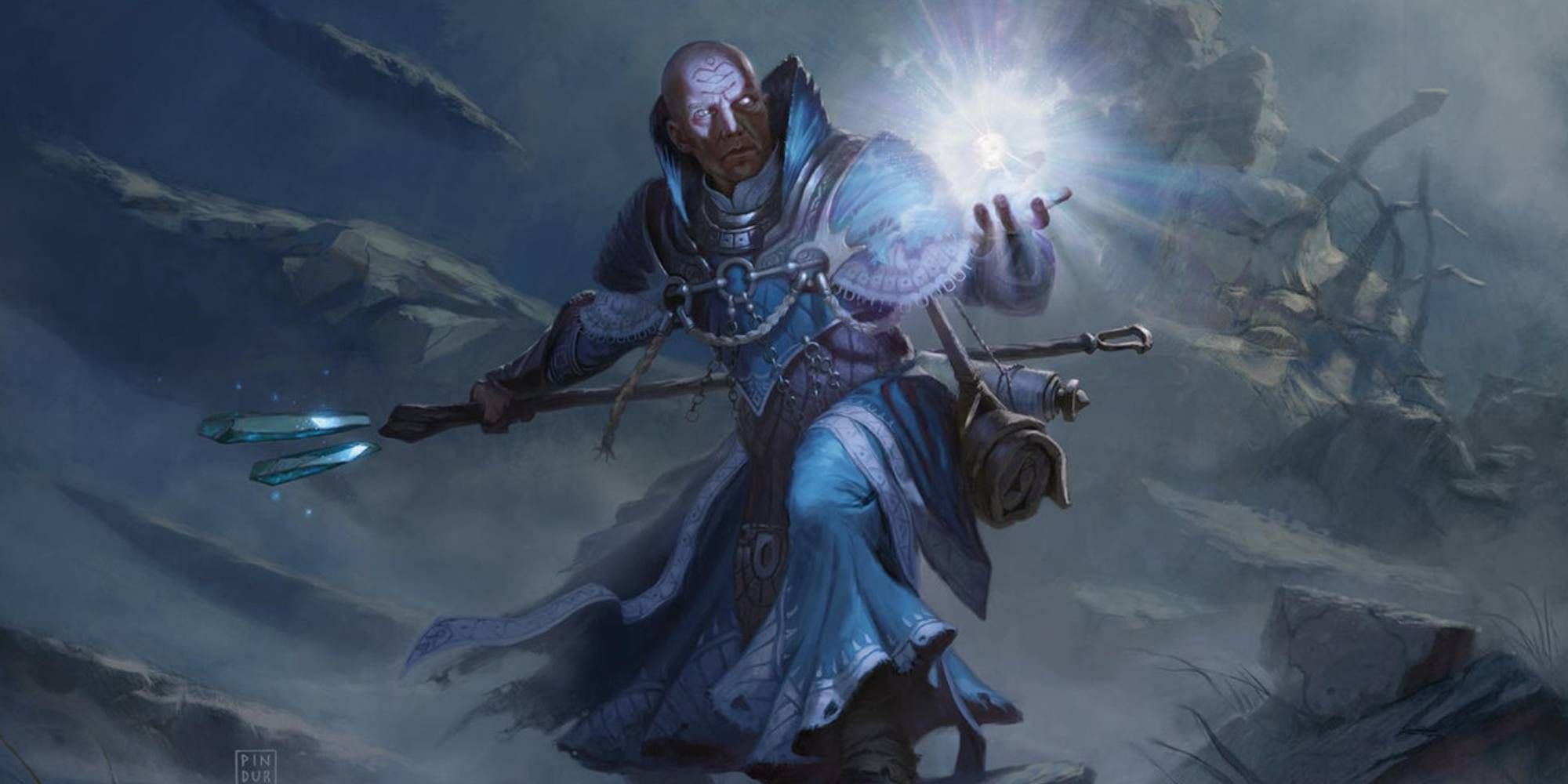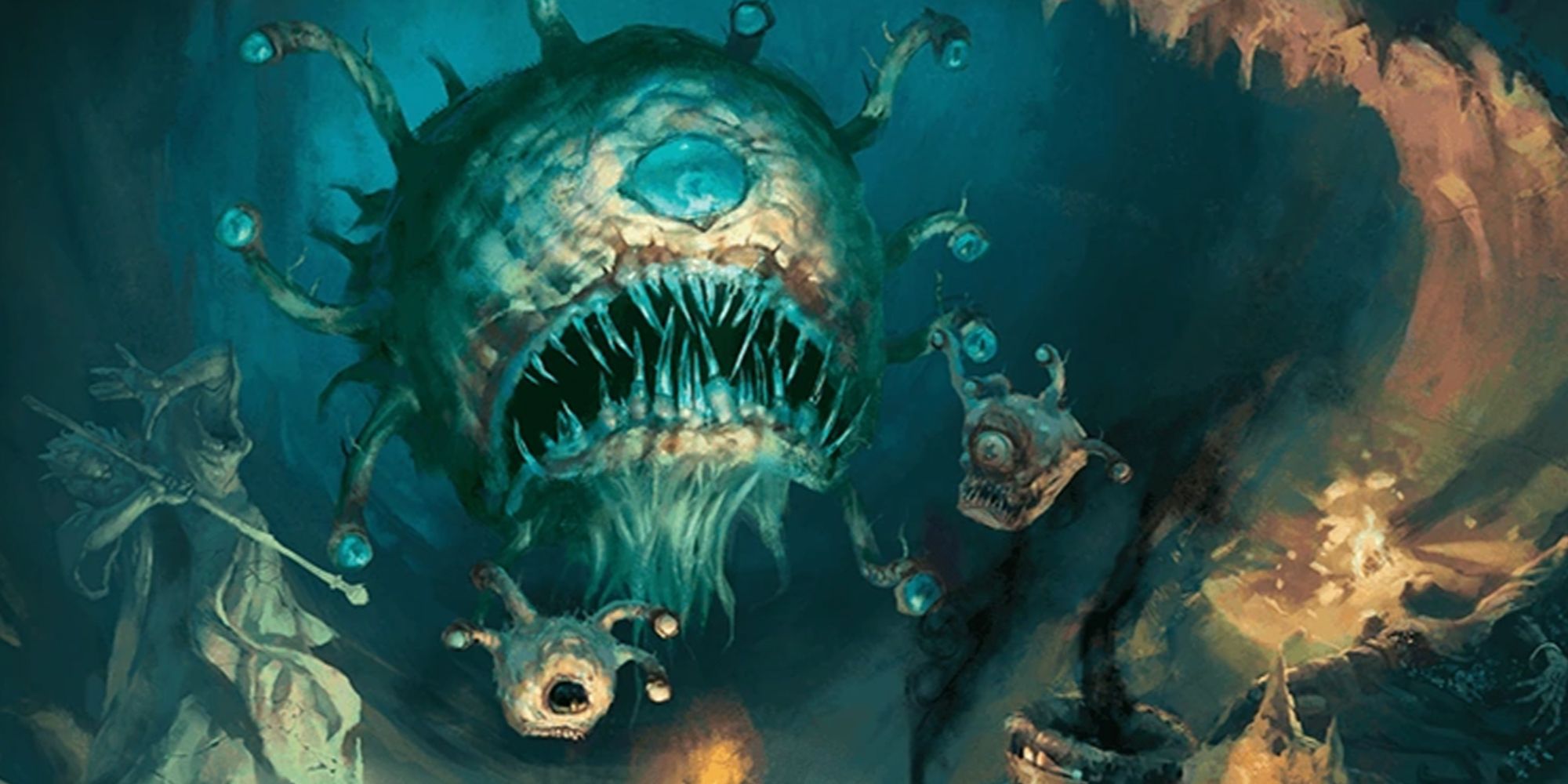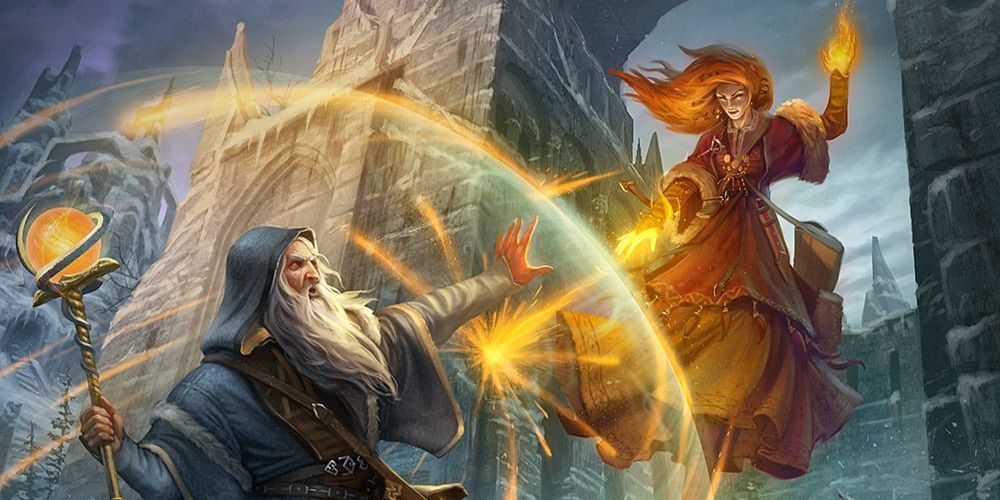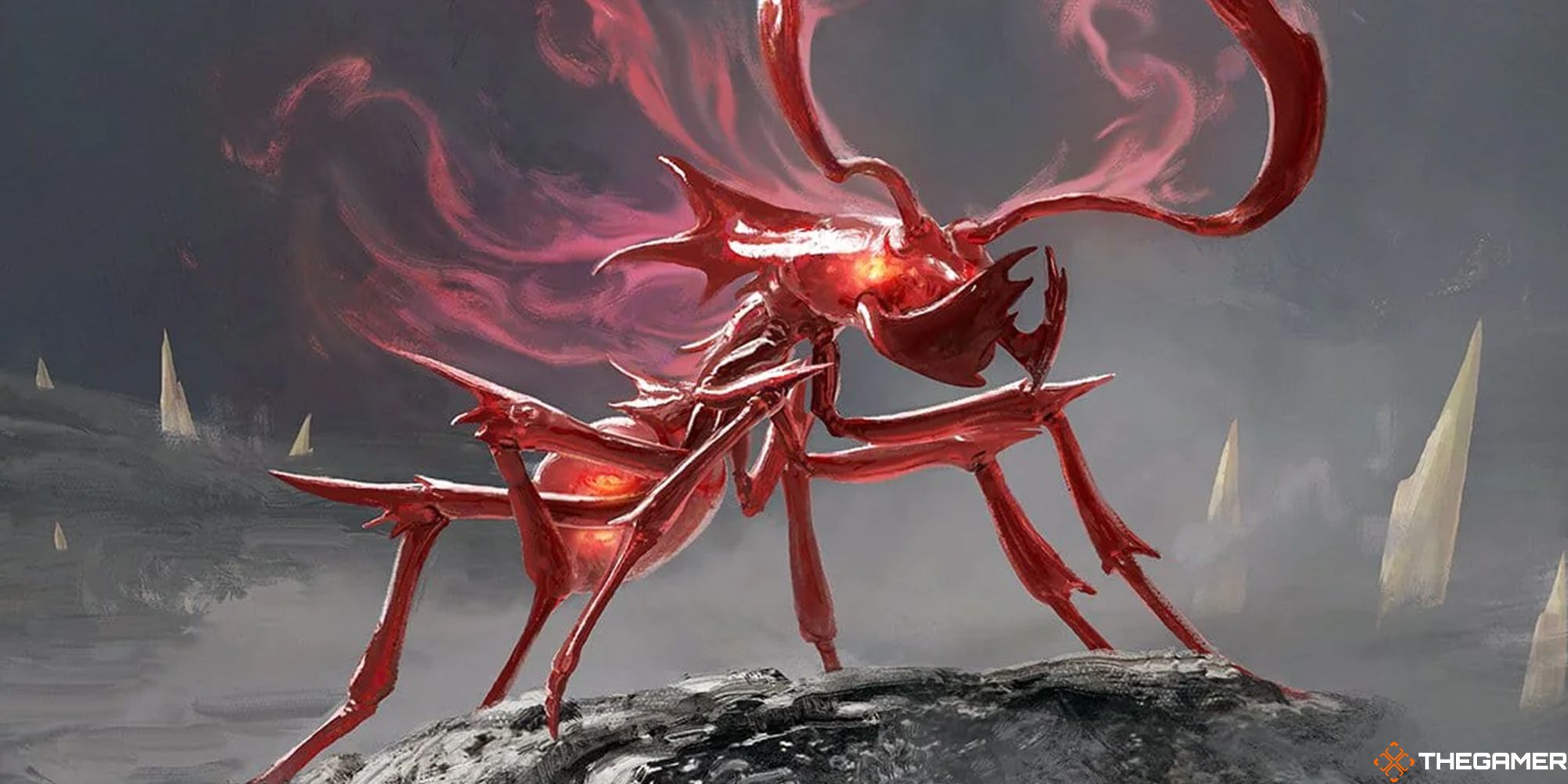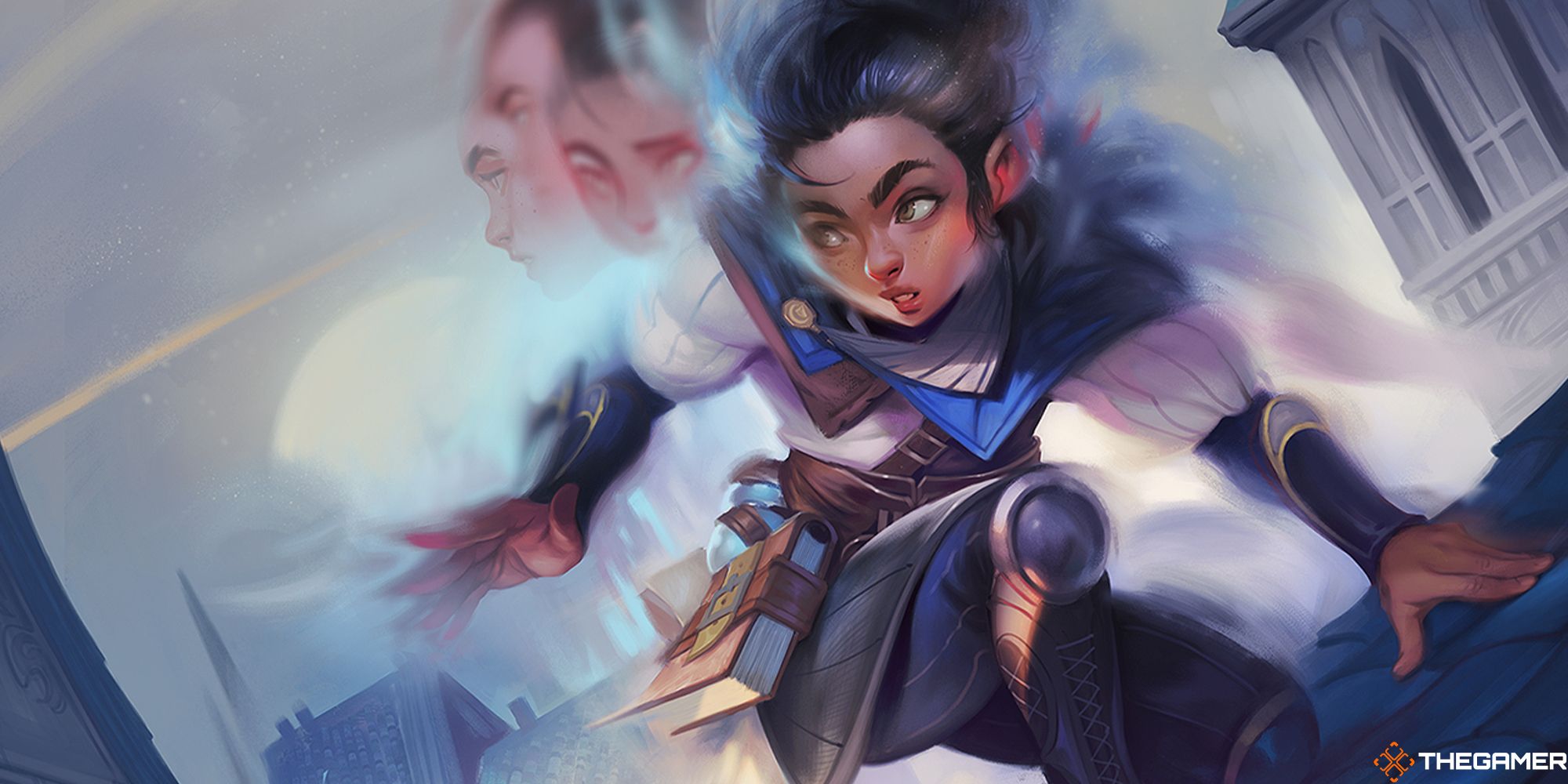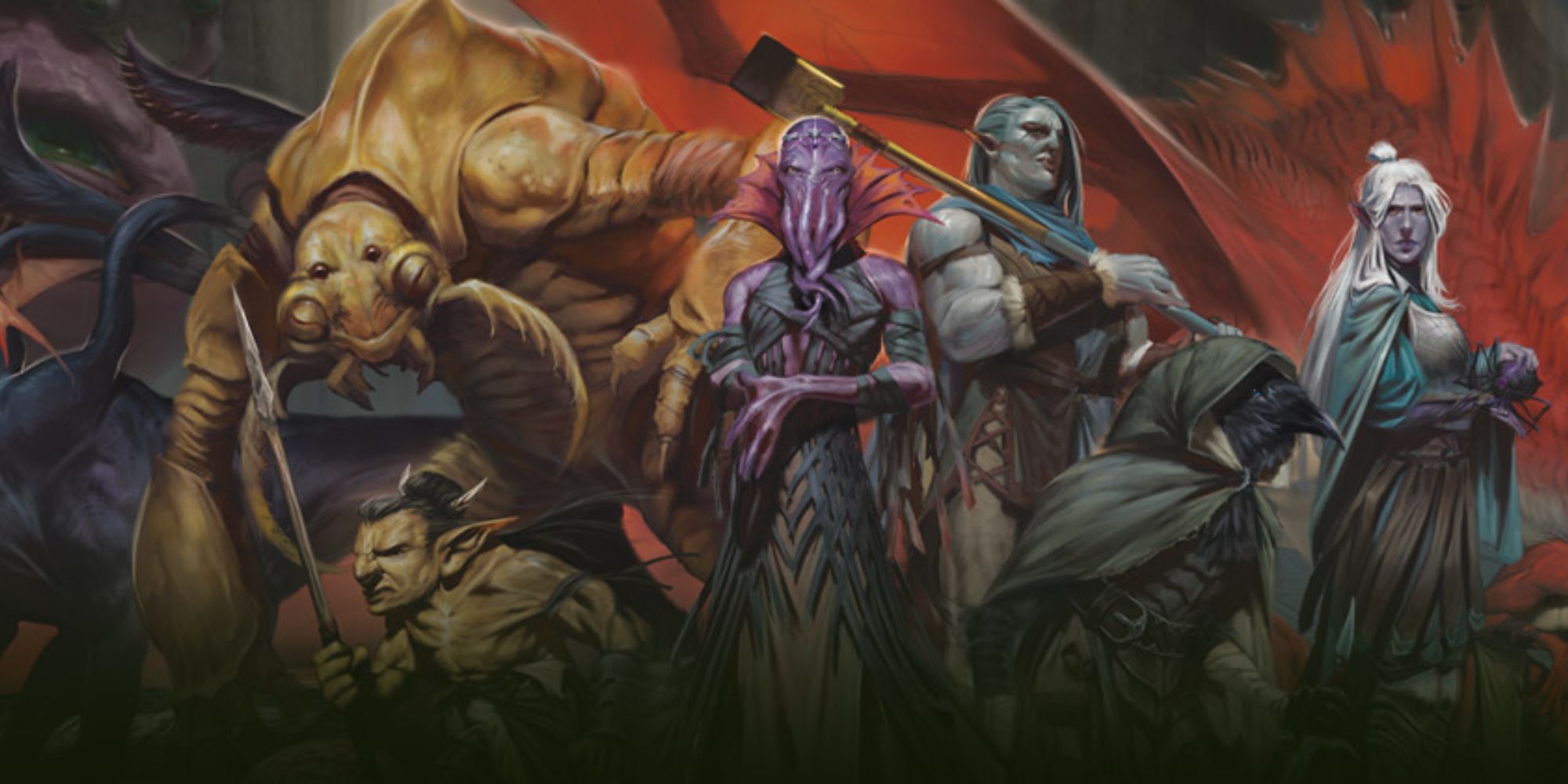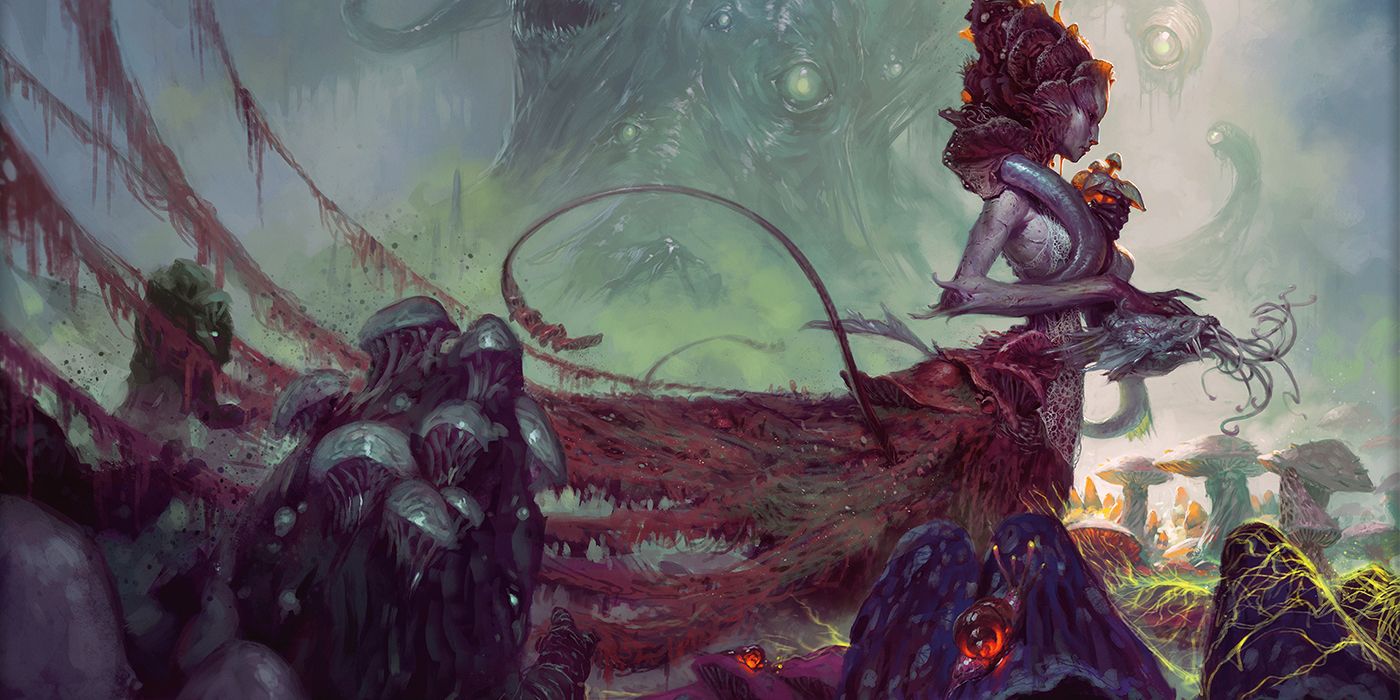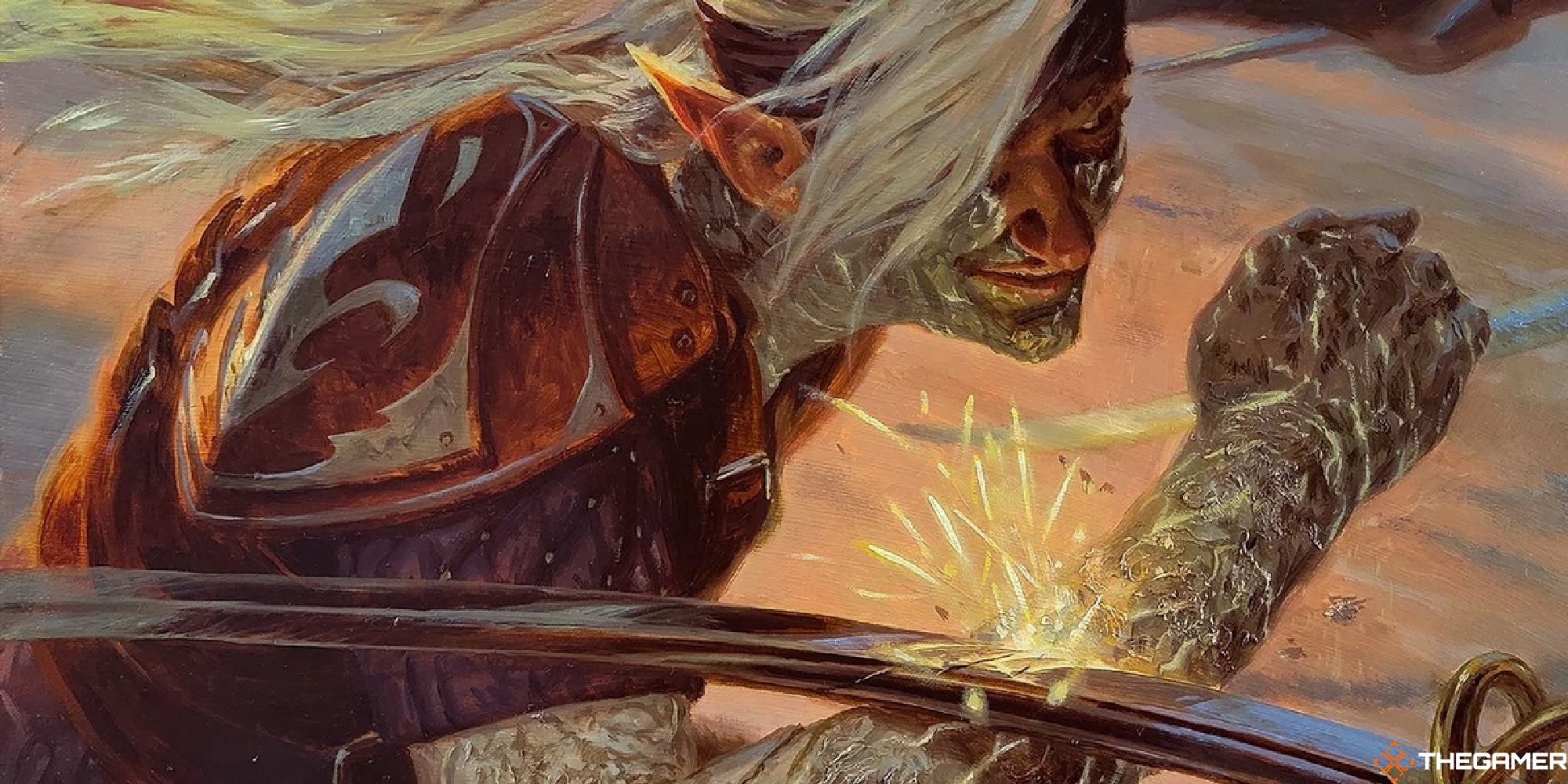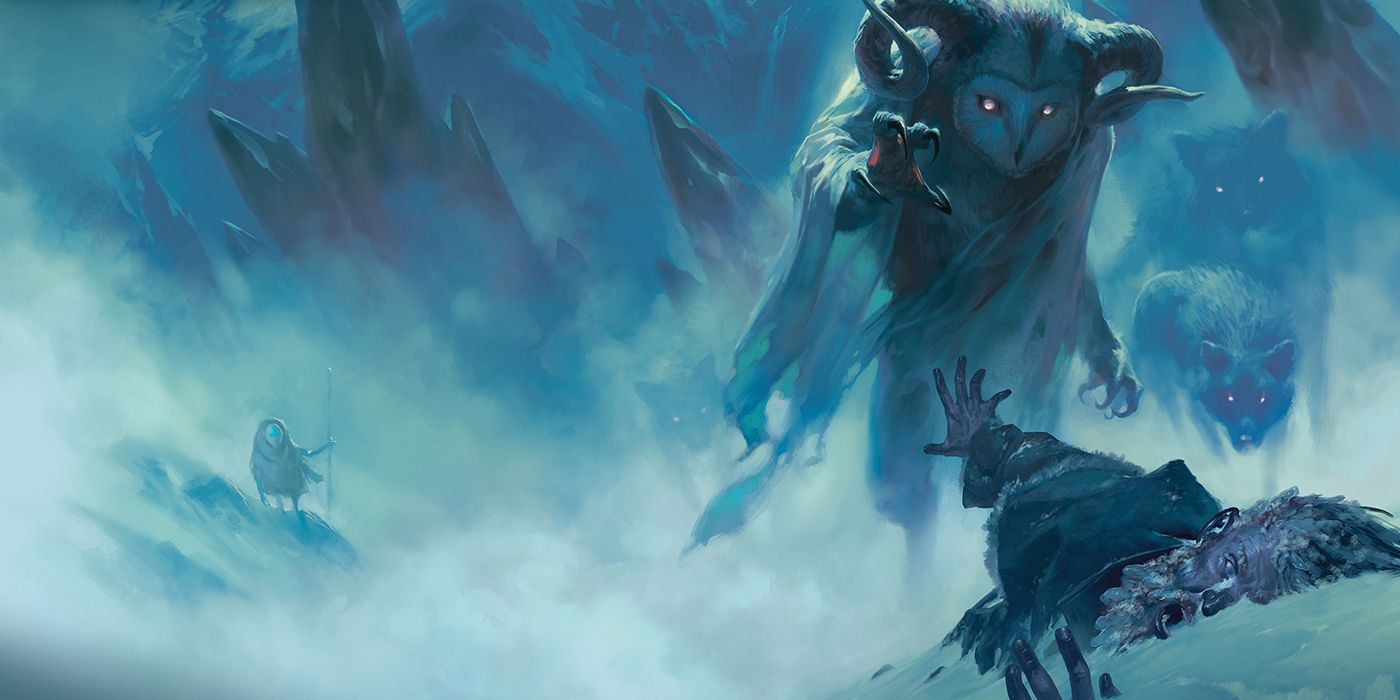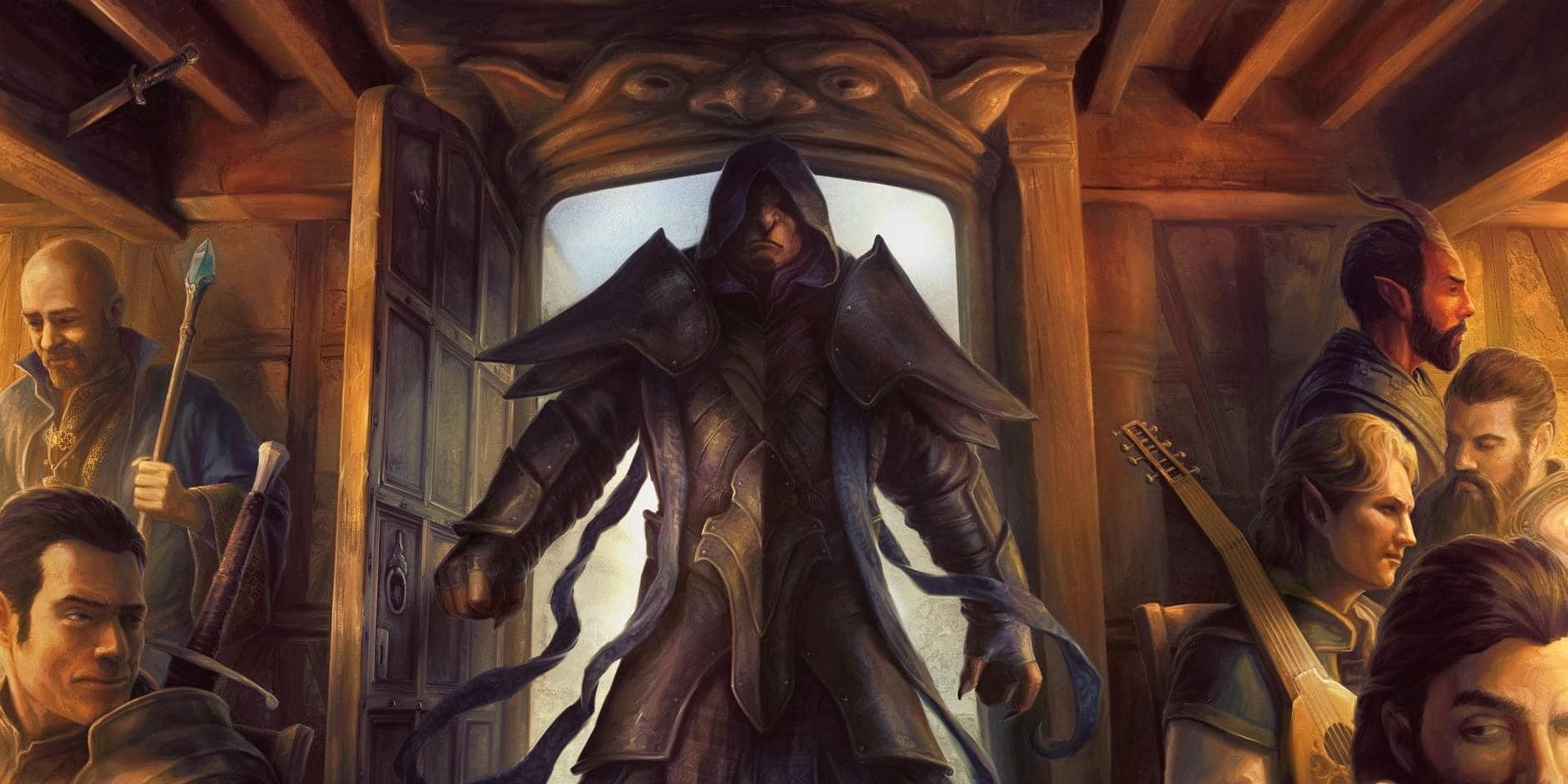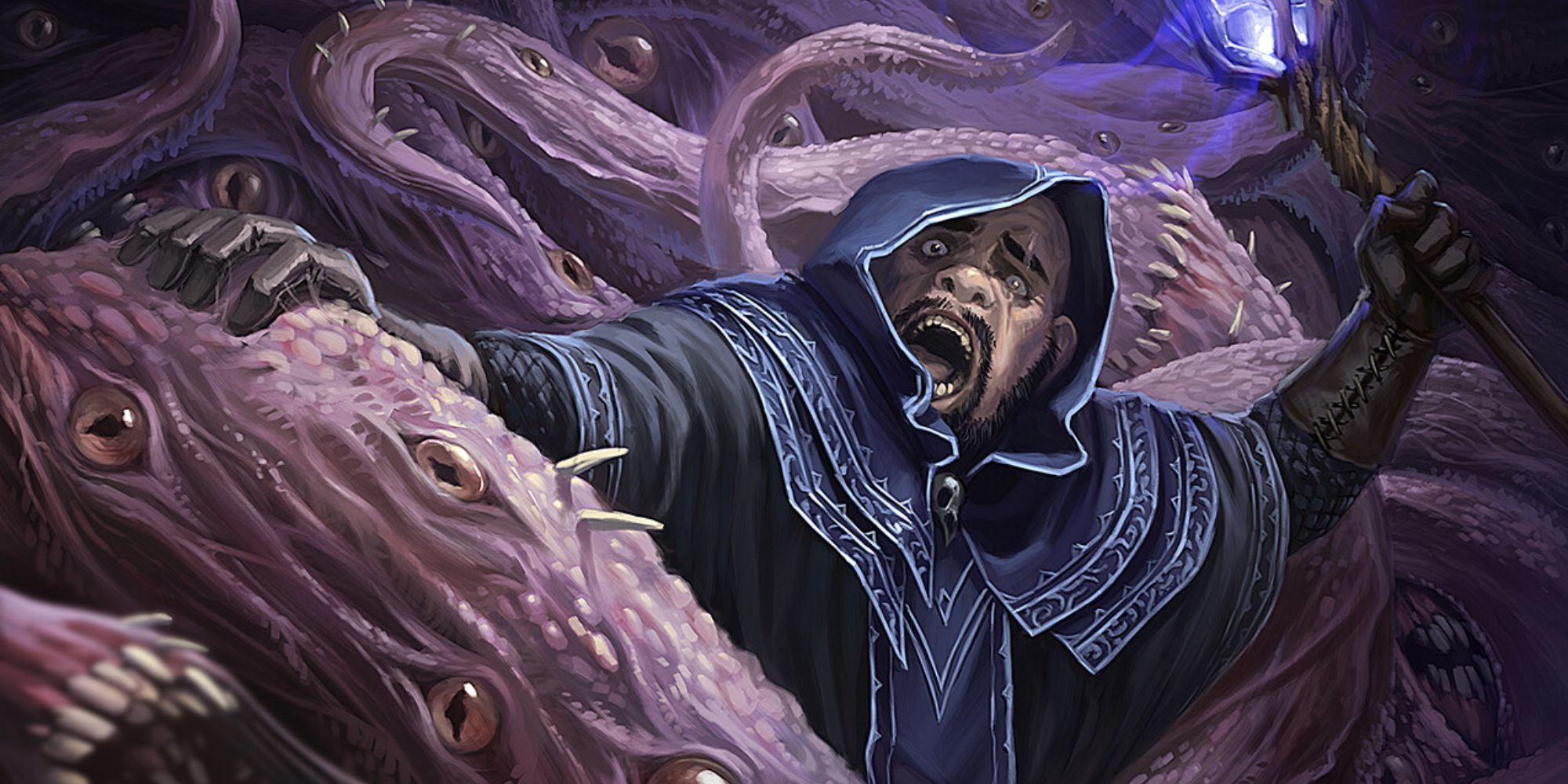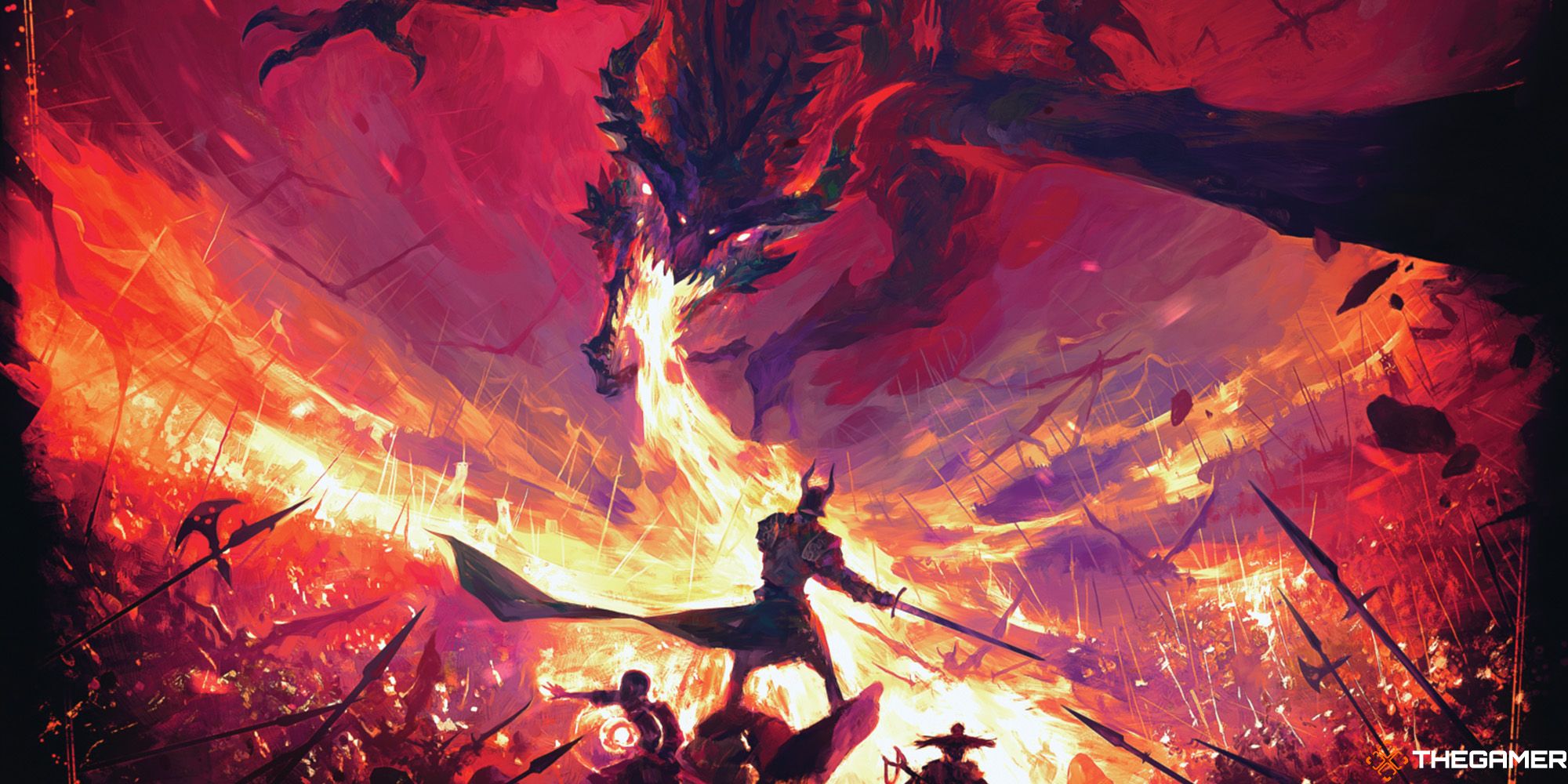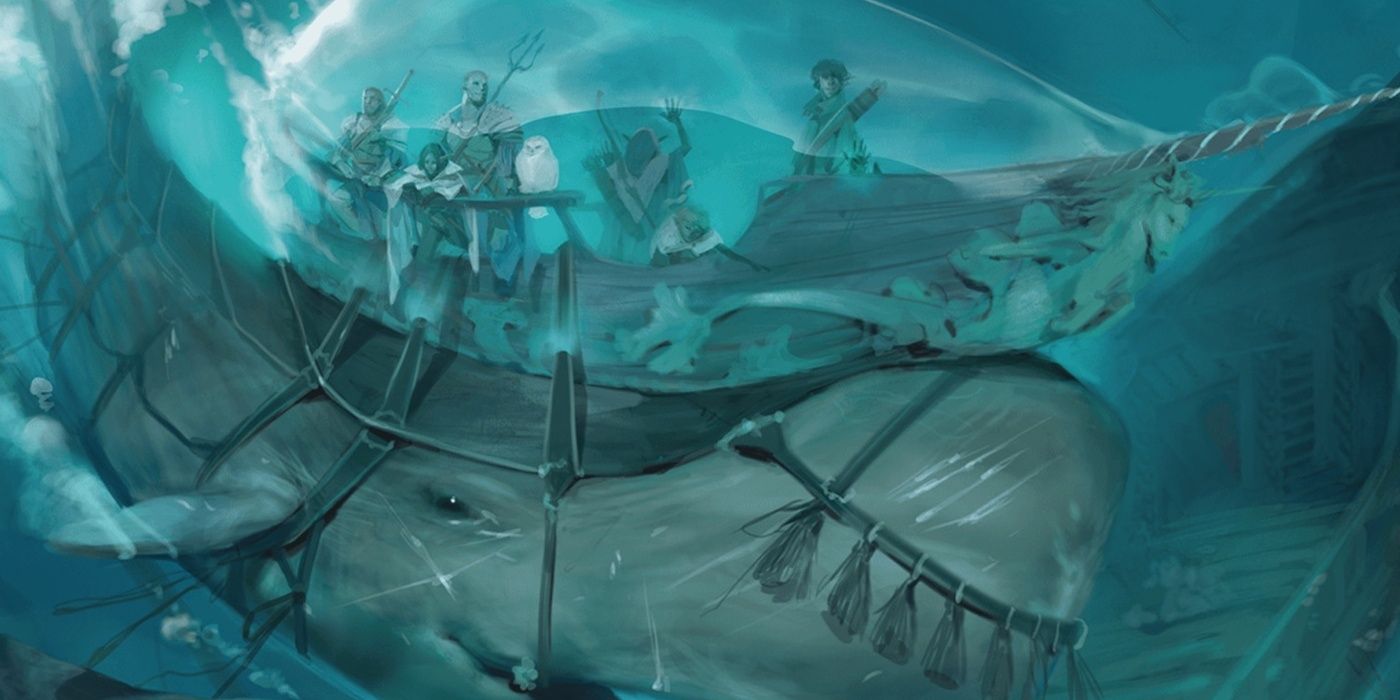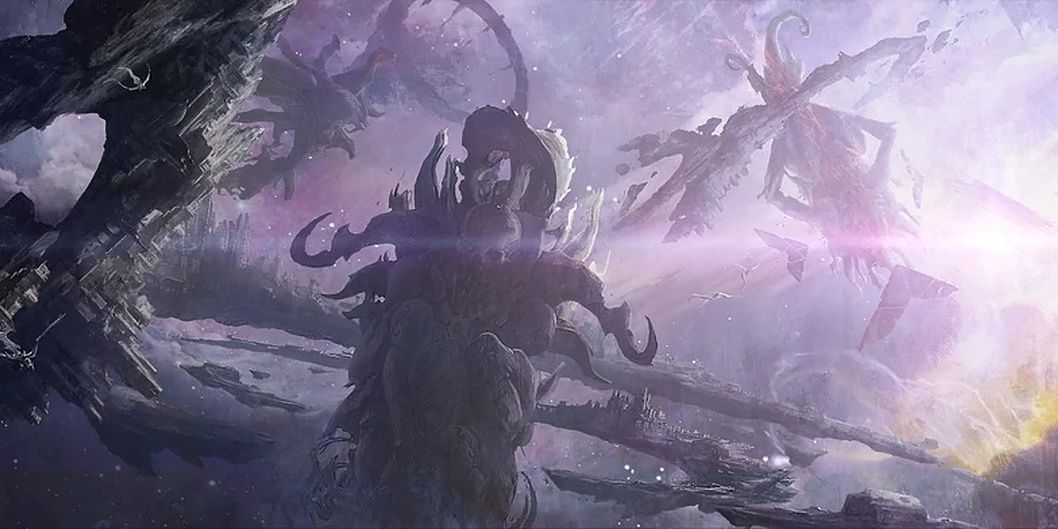For as long as Dungeons & Dragons and similar RPGs have been around, it seems like 4th level spells, especially for Wizards, is a wasted level. It seems like many 4th-level spells could easily have been included with the 3rd-level ones and nobody would think them better than the rest. Traditionally there were never many good damage-dealing spells at 4th level, but this has been remedied with 4th and 5th editions.
Many 4th-level spells that were invaluable in previous editions, like Stoneskin and Fire Shield, have been severely lessened in their usefulness. Others have been removed from the game altogether, like Recitation and Defensive Harmony. Then some useful spells have been placed in a higher spell level, such as Wall of Ice. No matter your character's spec or moral alignment, here are the best 4th-level spells for casters in D&D 5e.
Updated on April 20th, 2023, by Kristy Ambrose: A spellcaster isn't the easiest class when it comes to progression. You've got to deal with memorizing spells, carrying the right amount of regents, and having little or even no armor. That's why it's important to have as many mid-level spells as possible to select the best 4th-level spells in D&D 5e. At fourth level, characters finally have a nice mix of defensive and offensive spells that complement their build and can either do some real damage, obliterate any obstacles, or rescue the party from the brink of certain doom. The designers and developers of the D&D universe have updated a few older spells and given players some new ones with the most recent 5th edition.
18 Polymorph
This spell allows you to change one being into a new form limited to humanoids and beasts. A Wisdom saving throw is allowed to avoid the effects if the target is unwilling. The recipient keeps their alignment and personality, but mental and physical stats and abilities are those of the new form. When the spell’s duration of one-hour ends, or if the target dies, then the target reverts to its original form.
When the polymorphed reverts, its hit points are restored to the pre-polymorphed total. A caster using this spell on themselves should have been allowed to end the spell at any time as previous editions allowed, but this would have made the spell a bit too powerful for a 4th level spell.
17 Divination
A spell that can only be learned by Clerics, but does appear in scroll form for those that can use them, Divination is a bit situational but works well during times when a group might be unsure of how to proceed or when a character is working alone.
This spell consists of you contacting a deity and asking them a question, but the exact details of how this spell works depend on which god you're asking. The casting components include a ritual offering to the Cleric's church of choice, and should they be looked upon favorably, they can ask a question about something that will happen in the next seven days. The form that the reply takes is entirely up to the DM, but expect something cryptic in the form of a riddle or poem.
16 Phantasmal Killer
It's only available to Wizards, which relegates it closer to the bottom of the list, but it's one of the best 4th-level spells for Wizards in 5e. It's just as badass as it sounds, which makes it both useful and fun. It's not just a matter of conjuring a ghost to do your murderous bidding, either.
The Wizard taps into the deepest fears of the target creature and creates an illusion that manifests those fears, which only the target can see. If the target fails their Wisdom saving throw, they become Frightened and take a disadvantage on ability checks and attack rolls. The spell ends on a successful save, but if the Wisdom checks fail, the target takes 4d10 psychic damage.
15 Fire Shield
Before the third edition, Fire Shield caused attackers to take an equal amount of damage they dealt to you from their normal melee attacks. In the 5th edition, this spell deals 2d8 points to an attacker who successfully hits you with a melee weapon or an unarmed attack.
This could potentially deal more damage than you received from the attack, but chances are it will deal less. Fire Shield can also be cast to provide a Chill Shield instead, causing cold damage to attackers. Fire Shield provides cold resistance, while the Chill Shield provides fire resistance. This spell is also useful in dark areas as it provides more light than a torch.
14 Giant Insect
It's situational, and exclusive to Druids, but so handy, effective, and just plain cool, that it's still highly recommended. Giant Insect is part of the Transmutation school, so you have to start with smaller, normal versions of insects to get started.
Usually, the spell is used on centipedes, spiders, wasps, or scorpions, but the DM can vary the usual guidelines if you wanted to use another critter like a bee or an ant. Once the animals become giants, they obey your verbal commands for the duration of the spell.
13 Freedom Of Movement
This is one of the best 4th-level spells to cast before entering a dungeon, and its one hour will likely last for a majority of the party’s time spent exploring. This spell prevents any spell or natural hindrance from slowing your natural movement.
Freedom of Movement also prevents you from being paralyzed, restrained, or grappled. If caught in nonmagical restraints, you need only sacrifice 5 feet of movement to break free. This spell would have been higher on this list had it been scalable; allowing it to affect multiple beings.
12 Greater Invisibility
This improved version of the 2nd level Invisibility spell allows the recipient to perform actions that would have ended the 2nd level version. This means the recipient of Greater Invisibility is free to cast spells and attack opponents while remaining invisible until the end of the spell’s duration, which is up to one minute if all goes well.
This is deadly when used to make the party’s thief invisible, allowing the affected thief to perform sneak attacks every turn. Being invisible also grants the character an advantage in combat while giving attackers a disadvantage. This gives the invisible character two rolls of a d20 to try to hit their target using the highest result of the two.
11 Recitation
Recitation was a Cleric or divine spell from earlier editions of D&D that did not cut into the 5th edition. Recitation grants you and all beings friendly to you within 60’ a +2 bonus to their attacks. At the same time, it inflicts a -2 attack penalty to all hostile beings within the 60’ radius area of effect.
This four-point swing can make a difficult encounter much more manageable. Recitation does not require concentration once cast, has a duration of one turn per level, and works in conjunction with other buff spells like Bless. This spell is detailed in Player’s Options: Spells and Magic and the Priest’s Spell Compendium.
10 Blight
Blight is most effective on plants, but it works on everything that's not undead with devastating necrotic effects. It's usable by several classes even though it seems like something only Druid would have in their repertoire, giving it a higher spot on our list as one of the best 4th-level spells in D&D 5e.
Normal plants don't even get a saving throw against Blight, they automatically wither and die. Magical plants have a saving throw but not with Advantage. Anything else makes a Constitution saving throw against 8d8 necrotic damage unless it's a construct or something undead, the only creatures that are immune from this spell.
9 Stoneskin
A common and useful spell for any casting class that needs an AC boost, which is why so many classes can learn it. Druids, Rangers, Sorcerers, and Wizards all have access to Stoneskin, and they'll find it much more effective than lower-level spells in the same category. These include the weaker but almost identical Barkskin, and Blur, which obscure a target's exact location.
A handful of Diamond Dust is the only component required for this spell, and you can put it on themselves or a willing ally. It turns their skin rock hard but doesn't inhibit movement, protecting the target from bludgeoning, piercing, and slashing damage.
8 Ice Storm
Ice Storm is another spell that has been given an upgrade for the 5th edition and offers some of the best options for an AoE spell in 5e. In earlier editions of D&D, this spell did not allow a saving throw for half damage, but it also didn’t inflict that much damage either. In the 5th edition, this spell deals 2d8 bludgeoning and 4d6 cold damage to everyone within the 20’ radius area of effect, and a passed Dexterity save reduces the damage by half.
In addition to the damage, Ice Storm also makes the ground within the area of effect become difficult terrain to navigate. The damage is scalable if the spell occupies a spell slot above 4th, but only the bludgeoning damage is increased by 1d8 per spell level.
7 Locate Creature
This is a versatile spell when questing alone or with a group, available to a variety of classes. This simple bit of Divination can be used to find an animal that you can either name or describe as long as it's within a radius of 1000 feet, a useful ability for everything from simple hunting to locating a rare creature for a quest.
There are a few downsides to this. If you have never actually seen the creature that they're looking for, or the creature is polymorphed into something else, the spell doesn't work.
6 Dimension Door
Dimension Door is the lowest-level spell that allows for a reliable teleportation effect. You open up a portal to another location within the spell’s range of 500’. The location does not have to be visible, but using this spell to teleport to an unseen location could result in the spell failing and you take a fair amount of damage, in this case, 4d6.
The spell's description does not expressly forbid using this portal to launch spells beyond their listed range. An example would be opening a dimension door 450’ feet away amid an opposing group and casting Fireball through the portal. The portal also allows one additional being, within 5’ at the time of casting, to travel through it providing they are not encumbered.
5 Vitriolic Sphere
This spell causes a 20’ radius burst of acid to explode at a point of your choice within a range of 150’. The acid inflicts 10d4 points of damage to everyone caught in the area of effect and an additional 5d4 at the end of their next turn. A passed Dexterity save reduces the initial damage by half and negates the following 5d4 entirely.
This spell is more useful than other offensive spells mainly because it is rare to encounter an opponent with resistance to acid damage. Vitriolic Sphere is also scalable, adding a 2d4 to the initial damage for every spell slot it occupies above 4th level.
4 Wall Of Fire
If a party is in trouble and needs to put a barrier between the enemy and themselves to facilitate a quick getaway, or for a moment to heal and regroup, there isn’t a better option at 3rd level than Wall of Fire. Using this spell, you can create a barrier made of flame that is up to 60’ long, 20’ tall, and 1’ thick.
Any creature that comes within 10’ of the outward-facing side of the wall must make a Dexterity saving throw or take 5d8 points of damage; a passed save halves the damage. This can also make a circular wall 20’ in diameter.
3 Confusion
Confusion is one of the standard crowd-control spells, which is why every spellcaster who can access it should learn it as quickly as possible. The spell probes a creature's mind and can cause many distracting and debilitating issues, from hallucinations to uncontrolled actions.
The spell has several different possible results depending on the target's 1d10 saving throw. A one means that the target moves in a random direction, a two-six means the target simply doesn't move, a seven or eight means they attack a random target within melee range, and a nine or ten means they are not affected.
2 Control Water
It only takes the components of a pinch of water and an equal amount of dust to use the Control Water spell, and how useful this spell is might depend on the module you're adventuring through. Obviously, it has more utility in a nautically-themed story, but even the desert has the occasional oasis or underground spring, so a creative spellcaster can still have some great fun with this spell.
The catch is that the amount of water needed to perform this spell has to be a cube of freestanding water about 100 feet on each side, so this works best with a big body of water. They can use it to flood another area, change the course of a current, or create a whirlpool. The spell is available to Clerics, Druids, and Wizards.
1 Evard’s Black Tentacles
Evard’s Black Tentacles, also sometimes called simply Black Tentacles, is one of the best damaging 4th-level spells available. This spell causes black tentacles to sprout from the ground in a 20’ radius area. These tentacles attack all beings in the area of effect or later enter the area, and their attacks inflict 3d6 bludgeoning damage.
A passed Dexterity saving throw halves the damage, but a failed saving throw causes the victim to also become restrained by the tentacles. This spell has a large enough area of effect that an entire group of opponents will likely be affected. Restrained opponents cannot move and will not have Advantage while those attacking them will.

